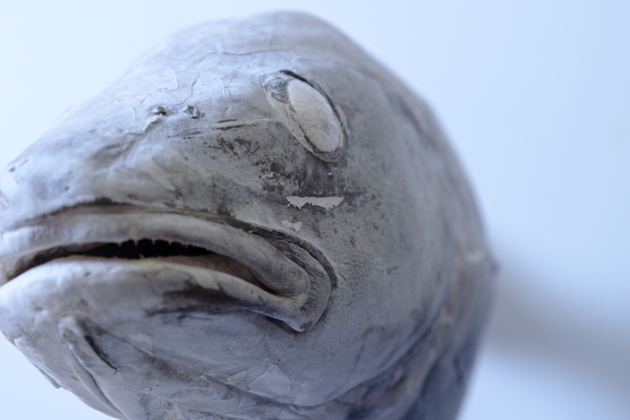A New Freezing Method Will Ensure Year-Round Jobs

Nofima is about to start a new project involving research on freezing methods. The purpose is to ensure that the fishing industry gains a regular supply of raw materials thereby forming a better foundation regarding year-round jobs.
Better freezing methods and lower freezer storage temperatures are crucial factors in increasing the quality and shelf life of frozen fish.
Variations in the supply of fresh raw materials as well as variations in quality are the main challenges for the filleting industry. During periods when the supply of raw materials is high, it is very challenging to process the raw material. Factory capacity becomes a bottleneck and the same can be said about access to labour.
Conversely, when the supply of raw material is low, parts of the workforce become superfluous and companies are also forced to buy all the raw materials that are available. This includes fish of poor quality.
Båtsfjord Sentralfryselager

Båtsfjord Sentralfryselager is the project owner of this industry-led research project. Together with the other corporate partners, they will be working closely with Nofima scientists. The purpose is to investigate whether frozen fish can achieve a high enough quality to solve challenges within the filleting industry regarding the irregular supply of raw materials. A regular and year-round supply of raw materials will help ensure both quality and year-round jobs. It will also have a positive effect on profitability.
The financing of the project amounts to NOK 12 million, six million of which is funded by the Research Council of Norway, and the main aim is to increase the quality of frozen fish by utilising new freezing methods. Frozen fish and good process control can provide a more stable production and higher product quality.
Most of the project activity will be carried out in Båtsfjord, which is a prominent fishing community. If the industry and the scientists in this project succeed, a stable delivery of high-quality products can be sold to the markets all year round.
The following companies in Båtsfjord participate in the innovation project:
- Båtsfjord Sentralfryselager
- Båtsfjordbruket
- Lerøy Norway Seafood
- Kuldeteknisk
The first three companies mentioned are members of the Cod Cluster.
Contact person
Topics
Freezing and thawing
Files and Links
